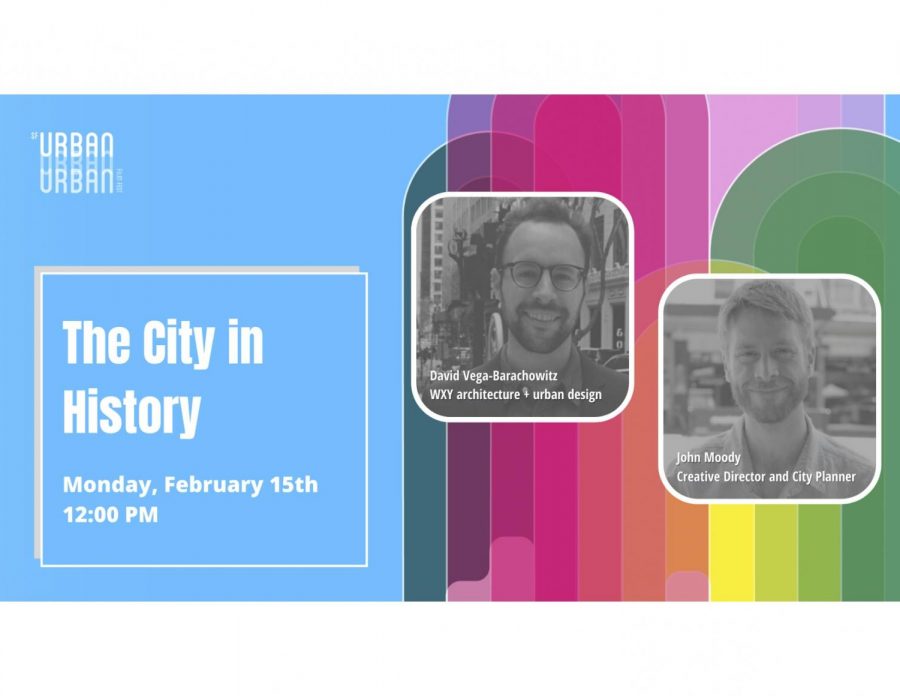The Screening of “The City”
The San Francisco Urban Film Festival held a screening for the documentary of “The City” on Feb. 15. Due to COVID-19, the festival was held virtually online, and audiences were allowed access to the screening via a livestream on YouTube. The documentary was directed by Ralph Steiner and Willard Van Dyke. The festival began Feb. 12 and ended Feb. 21.
The documentary “The City” was created in 1939 and was showcased at the World’s Fair. The World’s Fair was first created in 1851, and showcased all works of industry and achievements from all nations. The screening of the documentary “The City” at 1939’s World Fair was significant because it shared the vision of the world tomorrow for towns and cities alike. The World Fair was affected by World War 2 and it led to its closure in 1940.
The screening of “The City” was seen as propaganda with an optimistic view of the future. The documentary started off slow, in a rural town, leading to the big, fast-paced New York CIty. In the film, you can see the transition from horses and carriages as means of transportation to jammed streets with automobiles. “The City” was a revival in 1939, because the people of that time were leaving the Great Depression. The film brought on new ideas and new life. It is relevant today because since the lockdown people have begun questioning how our society can be more proactive for the future ahead of us. People felt desperate — almost like how the people must have felt in the late 30s. At this point businesses are opened and are recovering. As a society and a community, we search for relevance, and film can be a good medium to bring on a new vision.
Access to the Feb. 12 screening of “The City” was free, but the San Francisco Urban Film Festival takes donations in order to accommodate the community as a whole. Donate here https://www.flipcause.com/secure/cause_pdetails/NTQ2ODc= .
Before the event, the festival matches films to urban issues. A small discussion and live commentary by John Moody and David Vega-Barachowitz also took place at this particular screening.
“‘The City’ related to audiences at the time by presenting a vision of a new way of living besides in squalor and industrial communities — having more of a solid sense of community and solid sense of individual development to reconstruct what existed before industrialization,” Moody said concerning the film.
A challenge we are facing today is public space and access to transportation for cities that are developing. Some towns are struggling to maintain a sense of identity and struggling to help people connect with what was there before. Moody suggests long-term regional growth strategies, such as gathering information to see how many people a city can hold and policies for housing and health care for everyone.
Since the COVID-19 pandemic began, many cities have wondered how to bring life back to their communities.
“What cities are for and what they mean is something we need to be constantly reevaluating,” Vega said. “‘The City’ is an interesting artifact of another era’s debates and concerns … It called for a level of ambition and level of governmental intervention in housing and infrastructure. ‘The City’ communicates the need to think regionally and balance power and resources between poor, rural areas and large wealthy urban areas.”
Examples of this Vega gave were providing consistent internet access, and providing funding cultural institutions in areas where they are lacking.
The theme for the San Francisco Urban Film Festival this year was “Wisdom Lives in Places”.
Curators and community members came together to organize different activities, such as watch parties, movie rentals, and workshops. Although the Urban Film Festival had the challenge of putting together a program and event online, they were successful. The San Francisco Urban Film Festival brought communities together, and continues to make a positive impact.
“We can adapt, we can be resilient, we can change and we can be equitable,” said Fay Darmawi, the festival’s founder and executive director.
The future of our cities depend on enriching our history, building a culture and giving equal opportunities for everyone around. Some schools have yet to be opened, and this is a challenge for families who are less fortunate. We need to build our community and work together to create a new plan.
The San Francisco Urban Film Festival is a great way to learn about the involvement and issues in our cities. The festival opens your worldview and takes you along a journey. “The City” motivates you to think in a new way. As a community, what are the steps we need to take in order to better our towns and ourselves?



